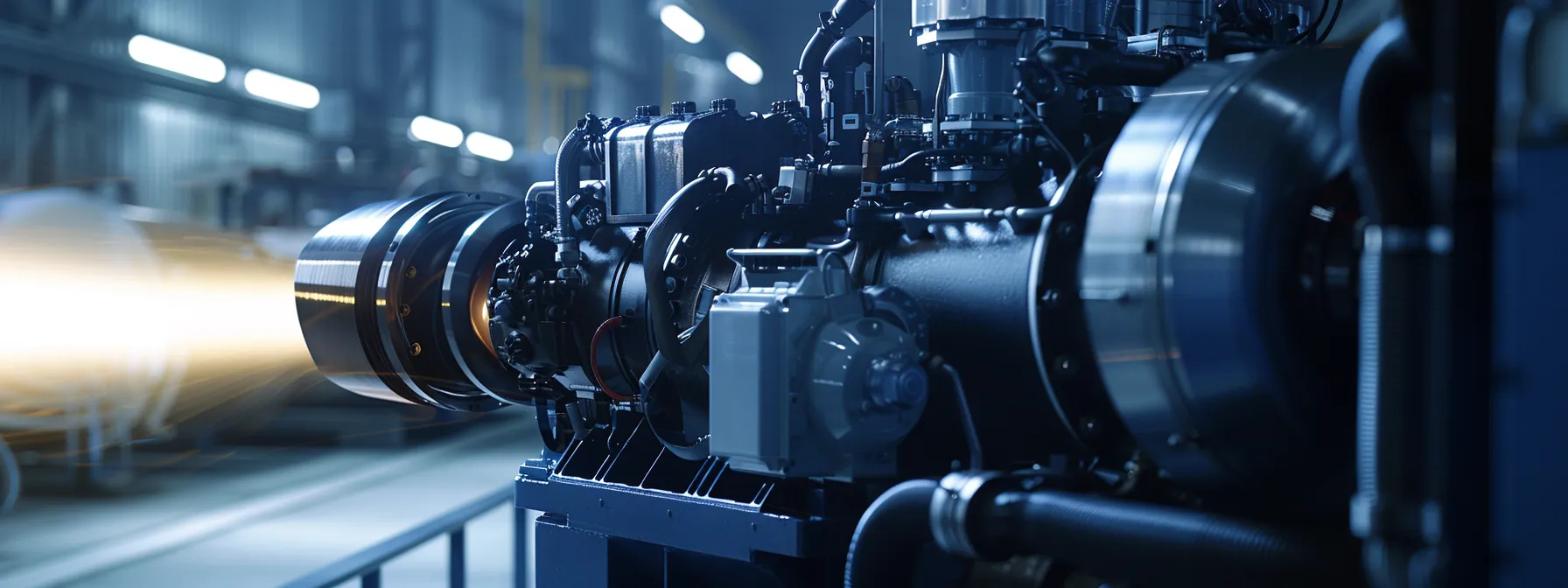Diesel fuel is often associated with heavy-duty trucks and engines, but there is more to it than that simple connection. As a fossil fuel derived from petroleum, diesel plays a significant role in various sectors, powering everything from vehicles to generators. Understanding its properties, production, and applications can provide a glimpse into why diesel continues to be a cornerstone in global economies. Below, we explore the intricacies of diesel fuel to enrich your knowledge about this essential energy source.
Understanding Diesel: Definition and Basic Properties
Diesel is a high-energy fuel designed for diesel engines, known for its efficiency and power. Its dense energy content and lower volatility make it ideal for heavy-duty vehicles that demand endurance and strength. Unlike gasoline, diesel ignites through compression rather than spark plugs, allowing for greater fuel efficiency and performance.
Thanks to its natural lubricity, diesel reduces engine wear, contributing to the long lifespan of diesel engines. Although it once produced higher emissions, advancements in fuel technology like Alberta diesel have made it cleaner and more efficient, supporting both power and environmental sustainability.
The Origin and Production Process of Diesel Fuel
Diesel fuel originates from crude oil, a complex mixture of hydrocarbons extracted from the Earth’s crust. Through fractional distillation, crude oil is heated to separate its components by boiling points, with diesel obtained at a higher range than gasoline. Afterwards, it undergoes further refining to enhance quality and performance.
Processes such as hydrodesulfurization remove sulfur to reduce harmful emissions and meet environmental standards. Diesel production also involves blending additives that improve combustion efficiency and increase the cetane number, ensuring smoother engine performance. These refining and treatment steps create a reliable, efficient fuel suitable for both industrial and consumer use.
Comparing Diesel and Gasoline: Chemical Differences and Efficiency
Diesel and gasoline differ primarily in their chemical composition, with diesel containing larger carbon-rich molecules that provide higher energy content per volume. This results in superior fuel economy and efficiency, as diesel engines convert more fuel energy into mechanical power due to higher compression ratios and spontaneous ignition.
The cetane number, similar to gasoline’s octane rating, measures combustion quality, where higher values indicate smoother and cleaner ignition. While diesel engines emit less carbon dioxide than gasoline engines because of their efficiency, they have been linked to higher nitrogen oxide and particulate emissions. Advances like ultra-low sulfur diesel and modern emission control systems have significantly reduced these environmental concerns.
Diesel Engines: How They Work and Their Applications

Diesel engines rely on compression ignition, where air is highly compressed to ignite fuel without spark plugs, resulting in efficient and durable performance. Their versatility makes them essential in commercial trucks, heavy machinery, generators, locomotives, and ships, where power and endurance are critical.
Advances in diesel technology have produced quieter, cleaner, and more efficient engines, with innovations like turbocharging and intercooling enhancing performance. Modern diesel engines also support alternative fuels such as biodiesel and renewable diesel, helping reduce greenhouse gas emissions and promoting more sustainable energy practices while maintaining high efficiency and reliability across various applications.
The Environmental Impact of Diesel: Emissions and Modern Improvements
Diesel fuel has long faced criticism for its environmental impact, particularly due to nitrogen oxides and particulate emissions. However, advancements in technology and stricter regulations have led to significant improvements. The introduction of ultra-low sulfur diesel (ULSD) has reduced sulfur content, enabling cleaner exhaust systems.
Innovations such as Selective Catalytic Reduction (SCR) and Diesel Particulate Filters (DPF) further cut harmful emissions by converting pollutants into nitrogen and water vapor and trapping soot particles. Alongside these developments, the rise of renewable diesel and biodiesel derived from vegetable oils and animal fats helps lower greenhouse gas emissions, promoting a cleaner and more sustainable fuel alternative.
Altogether, understanding diesel fuel’s composition, origin, and comparison to gasoline highlights its efficiency and wide range of applications. The diesel engine’s technology and its associated environmental impact have seen significant advancements over the years, leading to cleaner, more efficient fuel options, including innovations in Alberta diesel.








